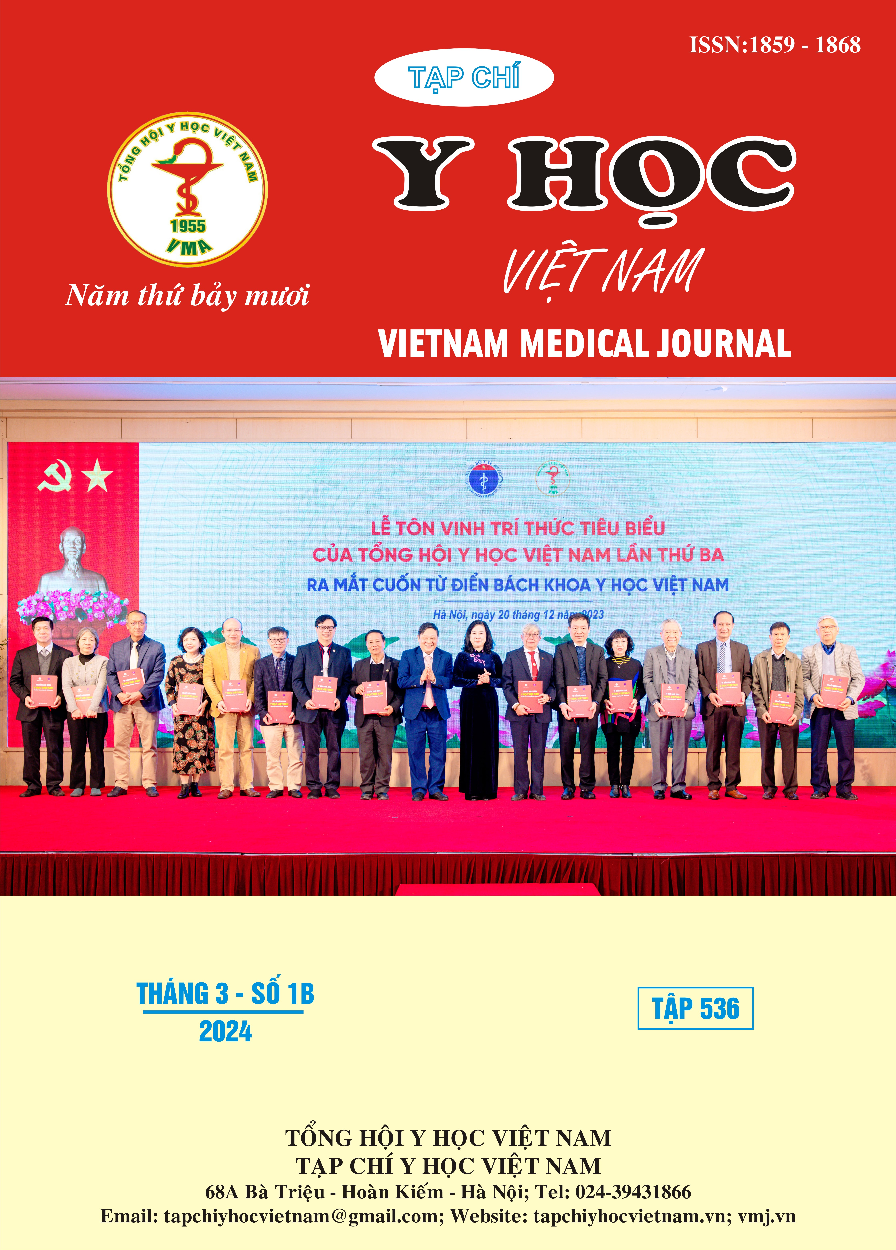CASE REPORT: MYOCARDIAL INFARCTION WITH ASLANGER’S PATTERN IN UNIVERSITY MEDICAL CENTER IN HO CHI MINH CITY
Main Article Content
Abstract
Myocardial infarction with Aslanger’s pattern is a new electrocardiogram sign which is equivalent to STEMI, “equivalent” means that the patient has acute coronary obstruction and needs reperfusion therapy as soon as possible. Identifying subtle signs of STEMI-equivalent forms is not easy; missing diagnosis or delay in intervention lead to adverse outcomes for the patient, increasing mortality. We would like to present a case of acute ST elevation myocardial infarction with Aslanger’s pattern in University Medical Center in Ho Chi Minh city. The patient was hospitalized for shortness of breath at a local hospital, which is diagnosed with NSTEMI and transferred to our hospital. When the patient was admitted to our Emergency Department, the ECG showed signs of Aslanger’s pattern, a form of STEMI equivalent. After consulting with an interventional cardiologist, the patient was transferred to the DSA room for coronary intervention. Coronary angiography image showed 3-vessel coronary artery disease, the culprit lesion was RCA. The patient was received stent intervention and then transferred to the intensive care unit for treatment. After being hospitalized for 4 days, the patient’s shortness of breath had gone and could function normally on her own, and was discharged with a follow-up appointment 1 week later.
Article Details
References
2. Khan AR et al.: Impact of total occlusion of culprit artery in acute non-ST elevation myocardial infarction: a systematic review and meta-analysis. Eur Heart J. 2017, 38:3082-3089. 10.1093/eurheartj/ehx418.
3. Tahvanainen M et al.: Factors associated with failure to identify the culprit artery by the electrocardiogram in inferior ST-elevation myocardial infarction. J Electrocardiol. 2011, 44: 495-501. 10.1016/j.jelectrocard.2011.04.005.
4. Aslanger E, et al. A new electrocardiographic pattern indicating inferior myocardial infarction. J Electrocardiol. 2020 Jul-Aug;61:41-46.
5. Thygesen K et al: Fourth universal definition of myocardial infarction. J Am Coll Cardiol. 2018, 72:2231-2264. 10.1016/j.jacc.2018.08.1038.
6. Indications for fibrinolytic therapy in suspected acute myocardial infarction: collaborative overview of early mortality and major morbidity results from all randomised trials of more than 1000 patients. Fibrinolytic Therapy Trialists’ (FTT) Collaborative. Lancet. 1994;343:311–322. doi: https://doi.org/10.1016/S0140-6736(94)91161-4.
7. Meyers HP et al. Comparison of the ST-elevation myocardial infarction (STEMI) vs. NSTEMI and occlusion MI (OMI) vs. NOMI paradigms of acute MI. J Emerg Med. 2021;60: 273–284. doi: 10.1016/j. jemermed.2020.10.026.
8. Aslanger EK et al. Diagnostic accuracy of electrocardiogram for acute coronary occlusion resulting in myocardial infarction (DIFOCCULT Study). Int J Cardiol Heart Vasc. 2020;30:100603. doi:10.1016/j.ijcha.2020.100603.
9. Miyauchi E et al. (January 01, 2023) Clinical Features of the Aslanger Pattern to Compensate for the Limitation of STElevation Myocardial Infarction (STEMI) Criteria. Cureus 15(1): e33227. DOI 10.7759/cureus.33227.


